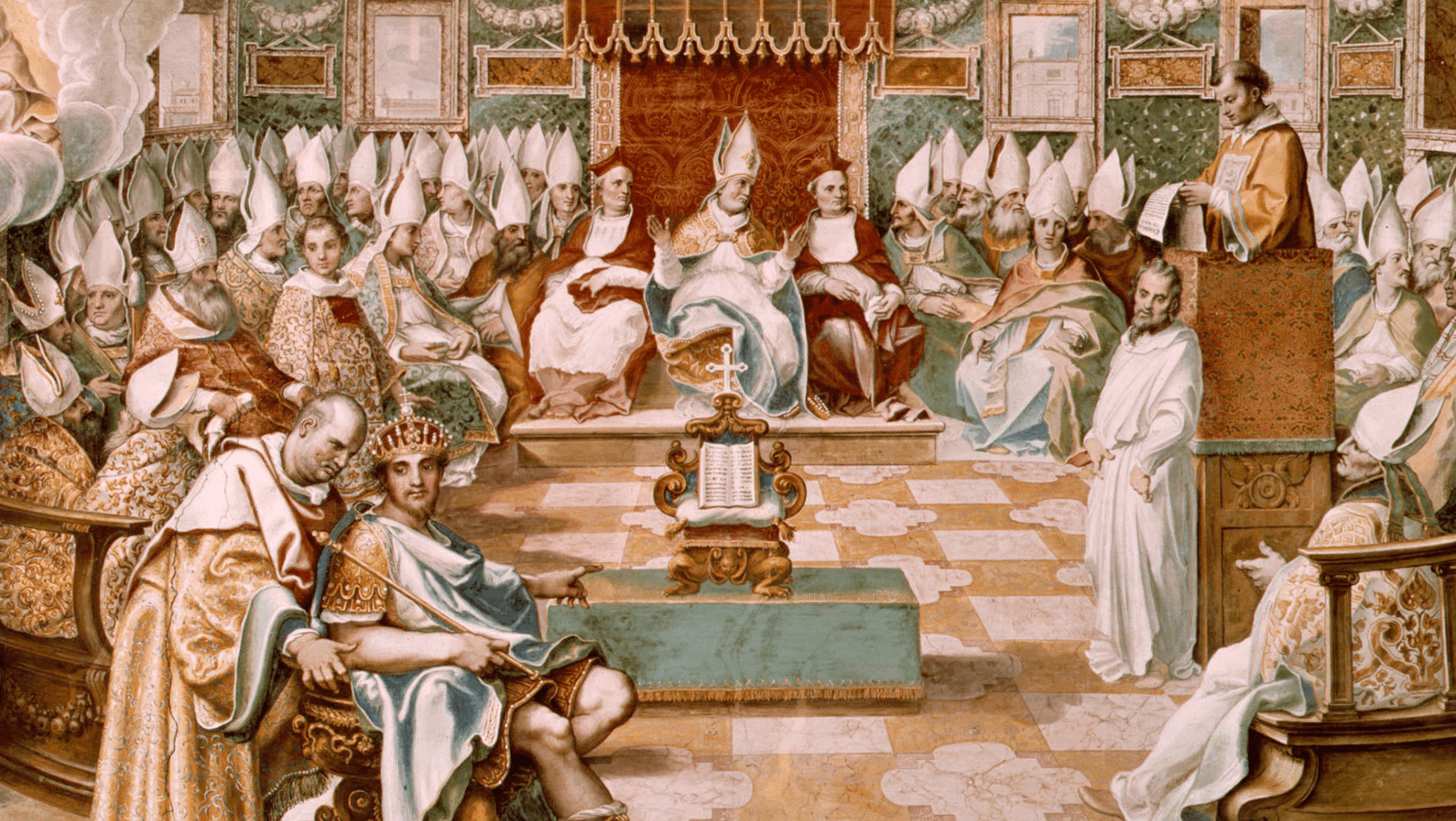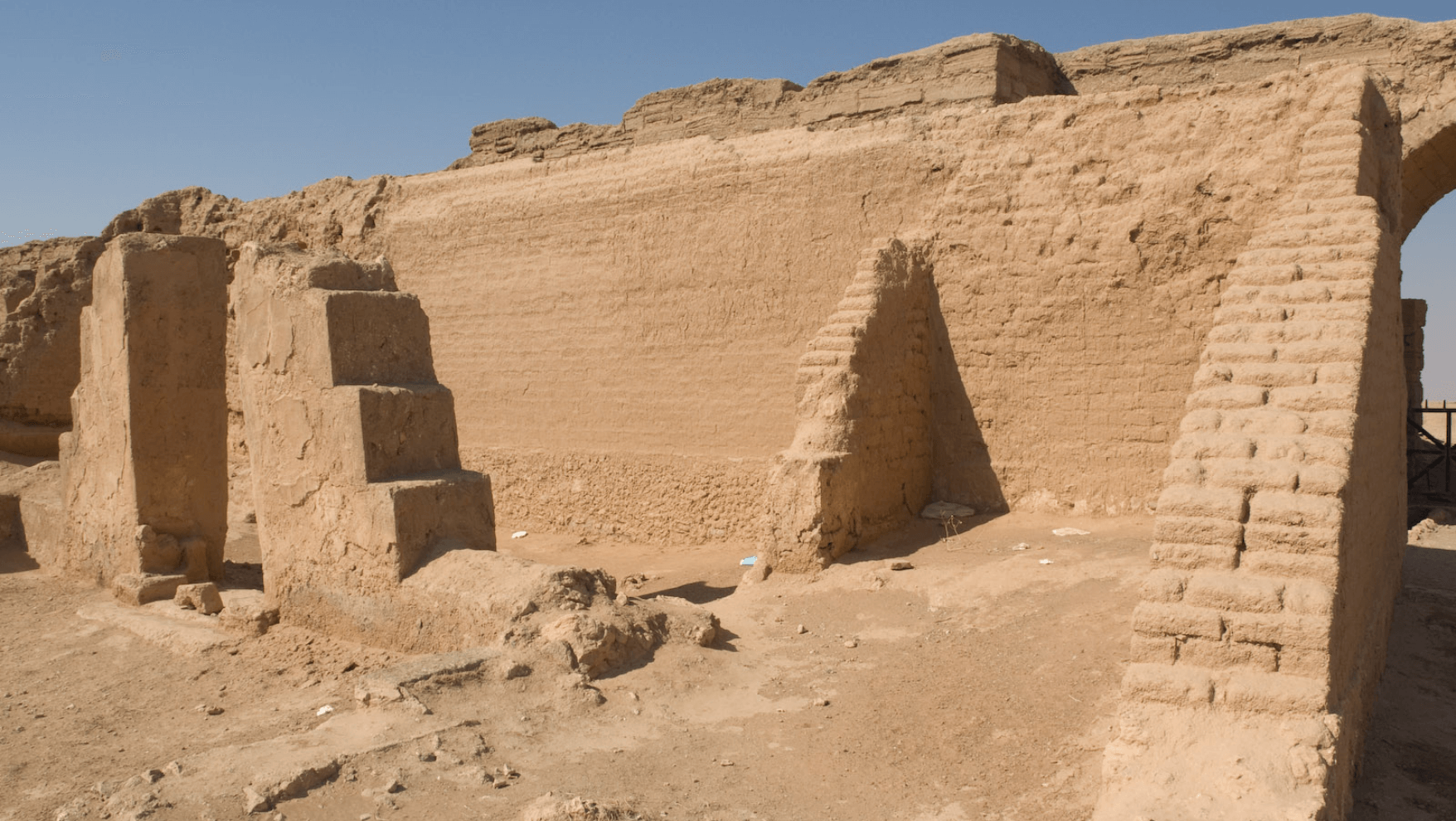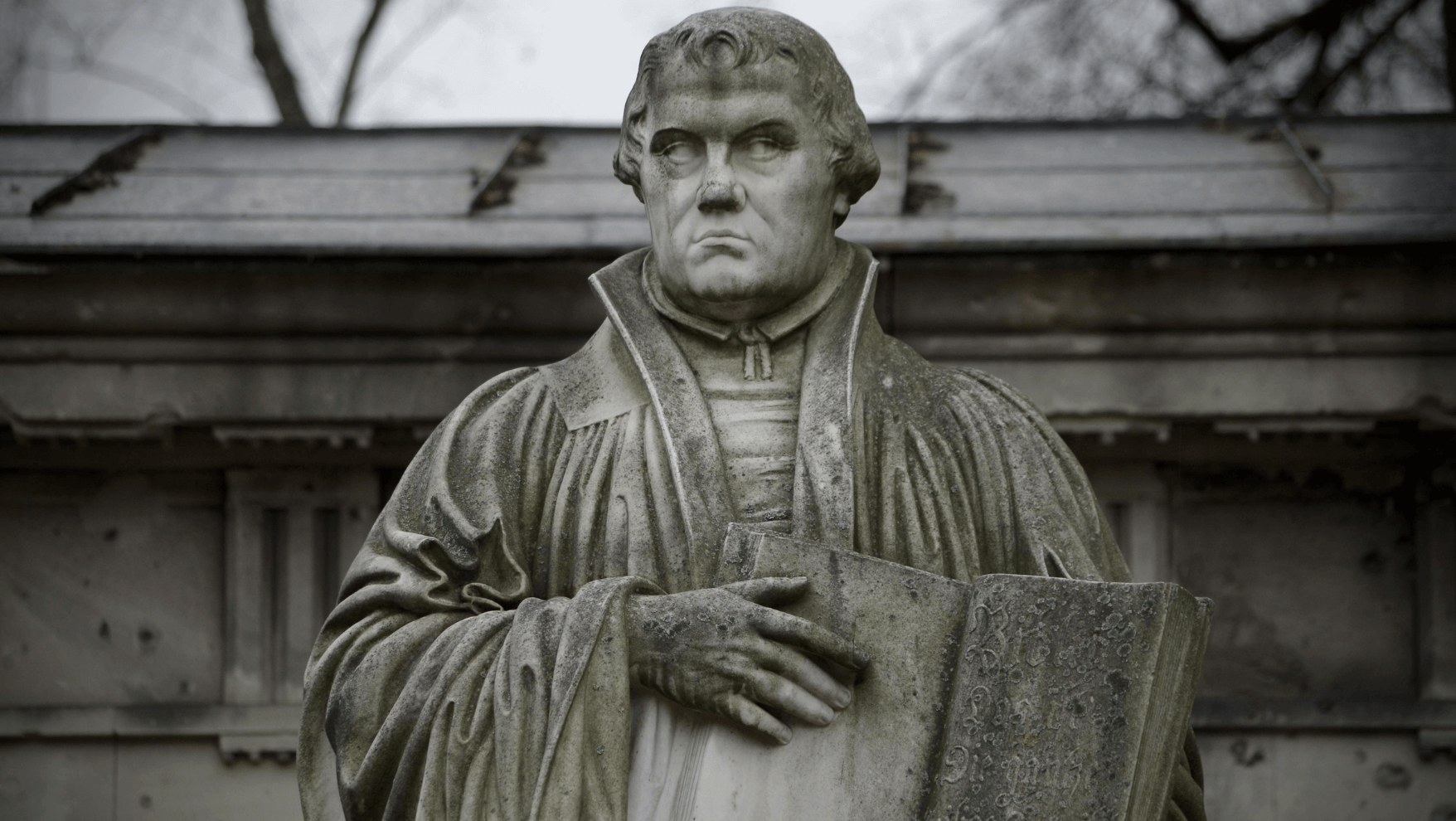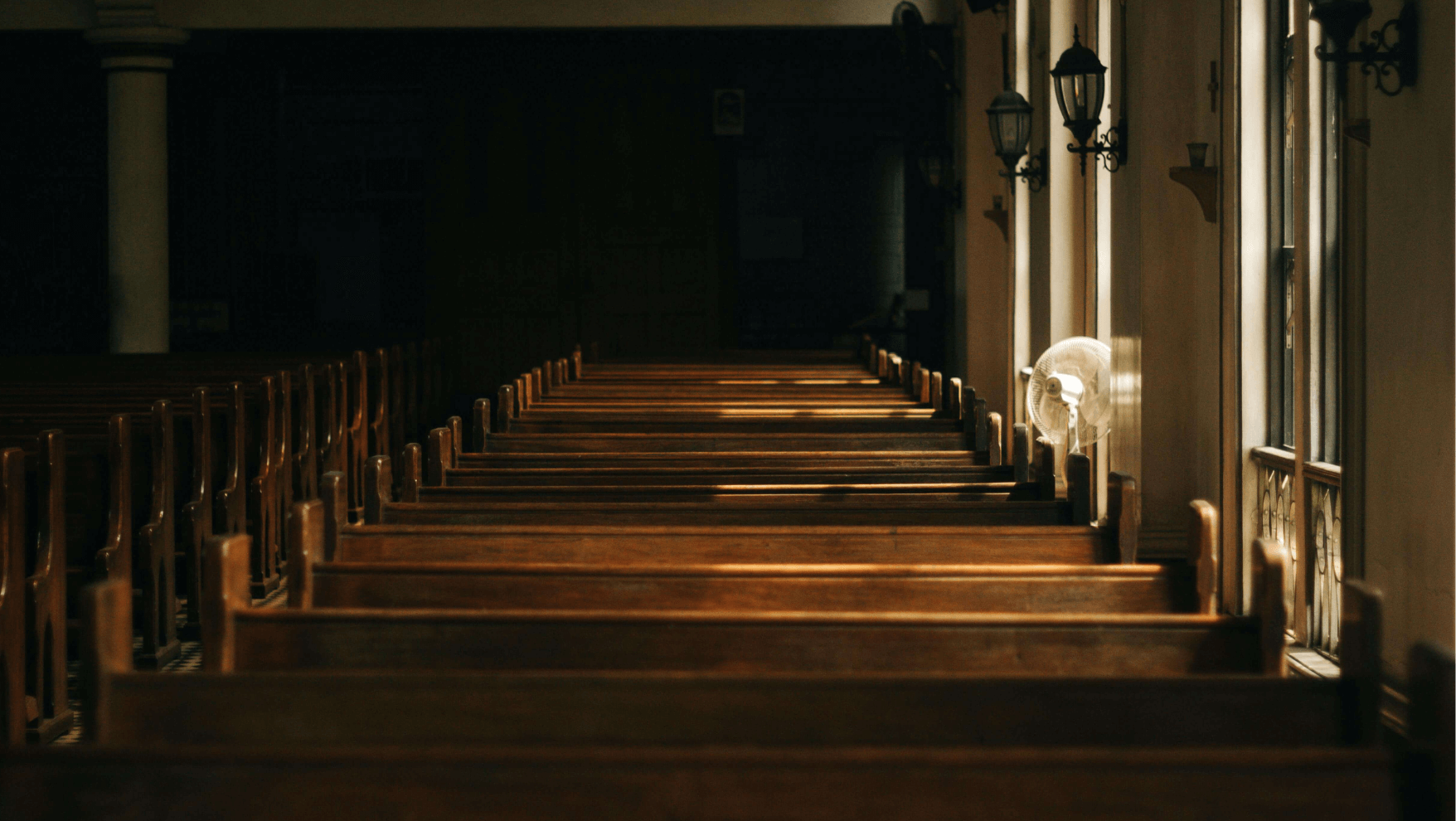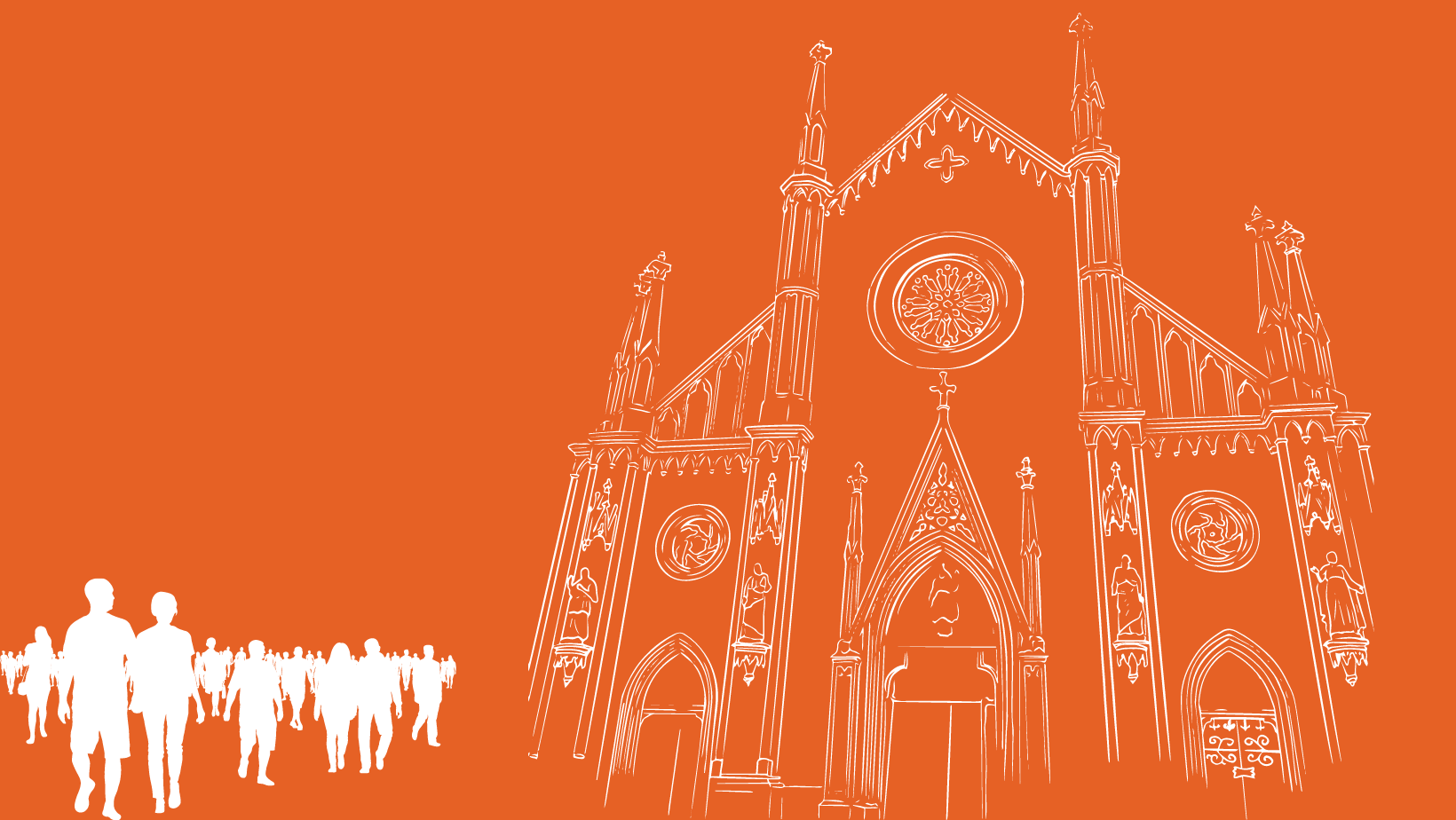Following the death and resurrection of Christ, Christians began to separate themselves from the practices of Judaism. The destruction of Jerusalem that Jesus prophesied signified the shift in the focal point of worship from a physical temple to the hearts of believers. The scattering of the Jewish people, and with them many Christians, helped spread Christianity even further than it already had.
Midway through the year 66 A.D., a series of Jewish rebellions unfolded against the Roman Empire. Although the Jews had long been discontent living under Roman occupation, a Roman prefect named Gessius Florus accelerated this discontent to open rebellion.
Florus was a greatly corrupt Roman official, whose wrongdoings had reached such an extent that he deemed it necessary to create a Jewish-Roman war under which his sins could be concealed, according to Flavius Josephus.
When the Greco-Romans of Caesera began to build shops around and in front of the Jewish synagogue, making it nearly inaccessible to those who wished to worship, the Jews appealed to Florus, according to Giusepp Ricciotti. Despite agreeing that he would put an end to the construction of the market, Florus proceeded to do nothing to that end. Instead, he stole money from the Temple treasury.
When the Jewish people protested against these injustices, he ordered several thousands of them to be whipped and crucified. Many of these victims were Roman Citizens, which meant Roman Law commanded they could not be punished in this manner, according to Josephus.
These continued injustices against the Jewish people gave the extremist zealots among them, known as the Sicarii, the excuse they needed to step in and begin a fierce revolt against the Romans, according to Ricciotti. As the year proceeded, the city of Jerusalem became a battleground, with the Sicarii controlling the area of the city around the Temple and the Roman forces in control of the upper portions. After some time, the Sicarii prevailed, massacring all but one of the Roman soldiers.
Skirmishes and encounters such as these continued for the next few years. Finally, in the summer of 69 AD, the Roman General Vespasian brought in a large army and completely encircled Jerusalem, according to Ricciotti.
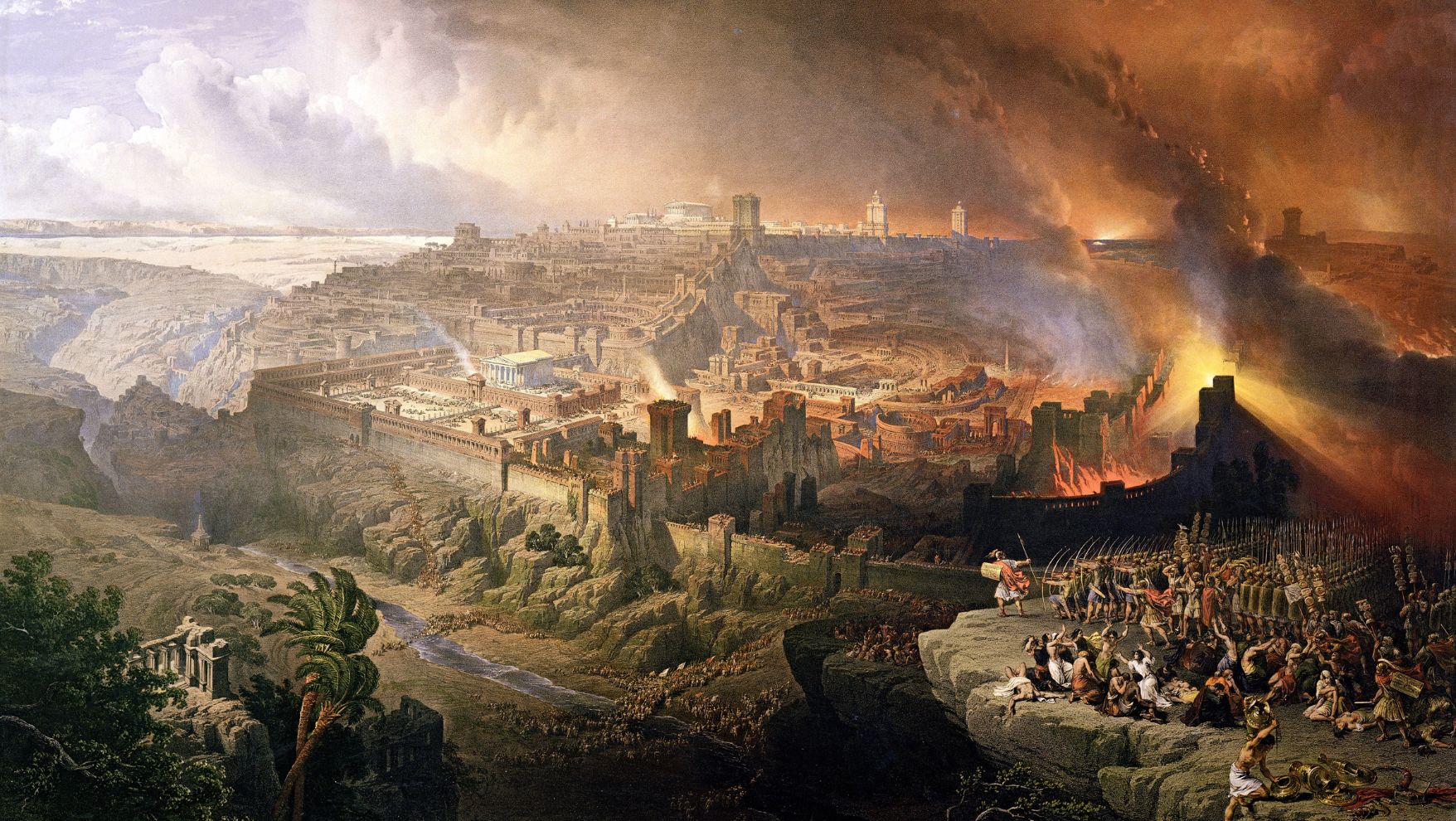
Artwork by David Roberts for Wikimedia Commons
Vespasian continued to establish Roman military occupation around the city and throughout the rest of Judea. However, towards the end of the year, he left to become the emperor of Rome. In his stead, he gave command of the campaign in Judea to his son Titus, who arrived in 70 A.D, according to Ricciotti.
Civil wars broke out inside the city between different groups of Jewish zealots and citizens. Jerusalem was divided into roughly three sectors, with one group in control of the whole of the upper city, another controlling a lower portion of the Temple and the surrounding area, and the final group, headed by John of Gischala, in control of the majority of the Temple, according to Ricciotti.
While John permitted members of the other two groups to continue to worship at the Temple as needed, his group often violently harassed them as they did so. The city’s stores of food were also largely destroyed during some of the skirmishes between these groups.
Upon arrival in Judea, Titus began a series of attacks on the city to feel out the strength of his opposition, often fighting on the front lines himself, as Ricciotti recounts. Having established the best point of attack, he brought up siege engines and his strongest units, before sending a delegation to demand a surrender from those inside the walls.
The citizens refused surrender but, recognizing the sheer force of the army against them, they suspended the civil war in favor of fighting the common enemy.
Despite this shift, the might of the Roman forces was too strong and soon the third and outermost wall was breached, according to Ricciotti. Titus’s forces took the second wall not long after.

Photo by Nicholas Poussin for Wikimedia Commons
The Jewish people continued to refuse surrender, even in the face of such force, but as a severe famine broke out in the city, many secretly made their escape or attempted to smuggle food in from outside the walls.
As the Roman army tightened their circle around Jerusalem, however, even this became impossible, according to Ricciotti. The famine worsened and the Jews fought amongst themselves over food, with some even desperately turning to cannibalism in the thralls of hunger.
When Titus heard of these atrocities being committed inside the city, he determined to end the siege as quickly as possible, according to Ricciotti. His army increased their efforts and soon only the Temple remained in the control of Jewish people.
Seeing that it would be necessary to capture the Temple in order to finally defeat the Jews, Titus gave orders that the Temple should be damaged as little as possible, according to Ricciotti. In the midst of the fighting, however, a careless soldier accidentally set it ablaze and it burnt to the ground.

Artwork by Francesco Hayez for Wikimedia Commons
The Jewish people were greatly affected by these events, as Ricciotti recounts. Not only had their revolts failed — with their city in complete ruin — but their Temple had also been destroyed.
They could no longer carry out the religious practices which focused on worship and sacrifice at the Temple. The high priests and Sanhedrin had scattered. The city of Jerusalem was destroyed, shattering the hope of the Jewish people.
Conor is a recent graduate from The King's College, with a degree in Philosophy. He is currently working as a freelance videographer and writer.





